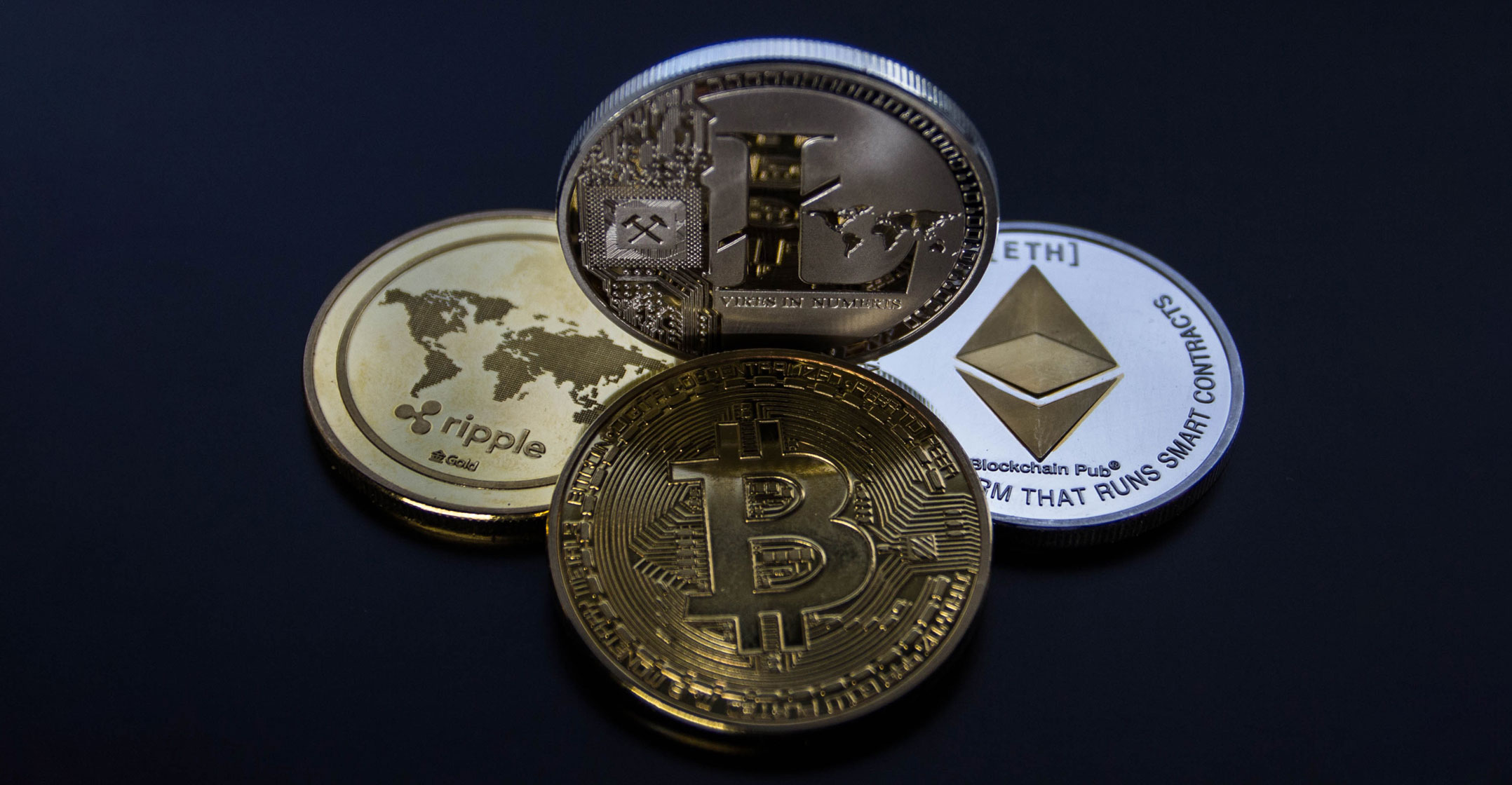 Bitcoin may have grabbed the headlines in 2020 with a price gain of 160% for the year to date, but this pales alongside its smaller brother, ethereum, which has clocked up a gain of 344% so far.
Bitcoin may have grabbed the headlines in 2020 with a price gain of 160% for the year to date, but this pales alongside its smaller brother, ethereum, which has clocked up a gain of 344% so far.
Bitcoin’s market cap of US$355-billion is more than five times that of ethereum’s $67-billion, showing the huge gap between the crypto market leader and the number two.
While bitcoin’s impressive rally in 2020 was driven by Covid-related fears of monetary debasement and growing institutional adoption, ether’s rise came from steady development of the type of “smart contracts” on which its value depends.
The number of active addresses on the ethereum network shot up 140% in 2020, meaning more holders of the coins are moving them between exchanges rather than holding them in wallets. This is usually associated with positive price movement.
Ethereum’s business case differs from bitcoin in that it allows all manner of smart contracts to be embedded on its blockchain. These can be loans between two people without the need for an intermediary, or an insurance contract that pays out immediately when certain conditions are met – again without need for an agent or intermediary. A huge amount of development has gone into creating additional use cases for ethereum-linked smart contracts, such as in the area of logistics and supply chains.
Alliance
One of the most exciting developments driving its price in 2020 is the creation of the Ethereum Enterprise Alliance (EEA), an alliance of more than 200 high-profile companies seeking ways to use the blockchain technology to collaborate and find new and better ways of doing business. The members include names like BP, Cisco Systems, Scotiabank and MasterCard.
The ehereum token is known as ether (ETH) and it shot up 8 800% in 2017, hitting a high of $1 397 in January 2018 before plunging all the way back to $87 by December 2018 – a drop of 94% (against bitcoin’s drop of 84% over much the same period). In 2020, it rallied from $130 to around $600.
Ethereum has had its share of controversy, being the preferred technology for thousands of dodgy initial coin offerings (ICOs), many of which were scams, and a crash in the network that slowed processing times.
 With these issues now behind it, ethereum is again finding love from investors. It differs from bitcoin (which will never have more than 21 million coins in issue) in that it’s total supply is not limited.
With these issues now behind it, ethereum is again finding love from investors. It differs from bitcoin (which will never have more than 21 million coins in issue) in that it’s total supply is not limited.
ETH is available on most South African exchanges, such as Luno, VALR, AltcoinTrader and through Revix as part of a unit trust-type bundle (which spreads your investment over several different coins).
It should be noted that ETH is volatile and prone to crazy price swings, so take the usual cautions – and study up on it – before taking the plunge.
As Forbes points out, a rise in transaction costs in US dollars is what will drive up the cost of ETH in dollar terms. And one of the key use cases for Ethereum is DeFi or decentralised finance which is producing hundreds of new financial offerings outside of the traditional finance sector, many of them using ethereum as the engine. That, in the final analysis, is what has driven its price in 2020.
Ethereum is by no means the top performing crypto of the year. NEM’s XEM token shot up more than seven-fold in 2020, powered by its Smart Asset System that allows businesses to customise blockchain technology for different use cases. Like ethereum, it has found traction with companies seeking to use the blockchain to create a new financial ecosystem.
- This article was originally published on Moneyweb and is used here with permission




